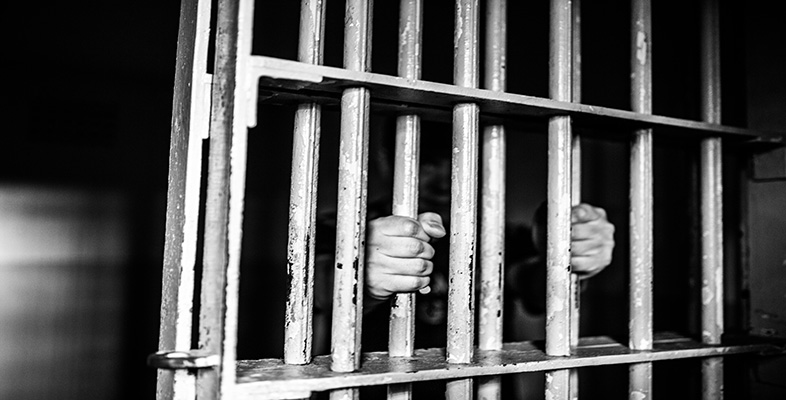The inheritance of radical criminology
The history of mainstream criminological thought is not a story about challenging power and authority. As already discussed, it is one often dominated by attempts to establish the causes of state-defined crime by scientific means. It is a story that frequently emphasises the significance of law, psychiatry and medicine in explaining criminality in positivistic terms (Rafter, 2009). In that sense, much of its development has been involved in shaping and reforming state criminal justice systems. By contrast, critical criminology presents perspectives and narratives that challenge state-defined concepts of crime, oppose official crime statistics, and question the authority and universality of positivist analyses of criminality.
The advent of radical perspectives in criminology sparked an intellectual debate that constituted a revolutionary shift away from so-called scientific criminological discourses. Although critical scholarship in crime and justice had its major impact in the 1960s, it had various intellectual and political forerunners that were inspired by social and economic injustices. For example, Willem Bonger’s Criminality and Economic Conditions was first published in English in 1916 and provided a Marxist-informed analysis of ‘capitalist exchange’ and economic disadvantage He identified how an unequal distribution of property and wealth was created by labour-market exploitation. Such economic injustices thereby created a context for crime to be more likely to occur. Here we begin to see the importance of social structure, society, and marginalisation to the problem of crime. Such seminal works and ideas as these were to have profound impacts on subsequent and early developments in critical thinking about, for example, class, white-collar crime and political economy (Rusche and Kirchheimer, 1939; Sutherland, 1949)
In a similar vein to Bonger’s work on social structure and crime, Peter Kropotkin’s ‘Law and authority’, published in 1898, attacked the criminal law and those who held the power to create it. He argued that processes of criminalisation were heavily skewed in favour of lawmakers and property owners. For him, law served three purposes – the ‘protection of property, protection of government, protection of persons’ – and he famously concluded that such underpinning rationales highlighted ‘the uselessness and harmfulness of the law’ (McLaughlin et al., 2003, p. 69). As a result, Kropotkin motivated later social science critiques of ‘the state’ and is credited with providing the ideological foundations of abolitionist thinking.
Numerous critical commentaries outside of academia have also been part of the on-going development of critical criminology as well as broader critical narratives that have occurred throughout human social history. Literary and polemical works such as Fyodor Dostoyevsky’s novel Crime and Punishment (1866) and critic and playwright George Bernard Shaw’s essay ‘Crude criminology’ (1931) explored narratives in which states of oppression, exploitation and human greed were offered as alternatives to mainstream government-defined views of crime and criminals. In theatre, Broadway’s internationally acclaimed stage production of The War of Wealth (1896) portrayed economic and business chaos and the resultant pubic disorder. Such presentations of the complexities of social life in popular culture served to highlight and critique social discontent and unrest against institutions of power. In doing so, the stage became a platform for voicing the struggles of honest working ‘men’ against financial institutions that dictated economic policy. Furthermore, social transformations in the shape of political resistance and struggles surrounding rights, including, for example, the Women’s Social and Political Union of 1910 and its suffragette movement, pivoted on mobilised resistance. These and many other earlier social movements proved to be important forerunners of the critical criminological enterprise.
These early contributors were important predecessors of the critical criminological enterprise. They represent voices of opposition to dominant and ruling ideologies deemed to be brutal, unjust and discriminatory. These earlier critical vignettes, embedded in social movements of discontent, comprised relatively marginal voices outside of what can be considered ‘the mainstream’. That is, they challenged previously ‘accepted’ assumptions and starting thinking critically about crime.
